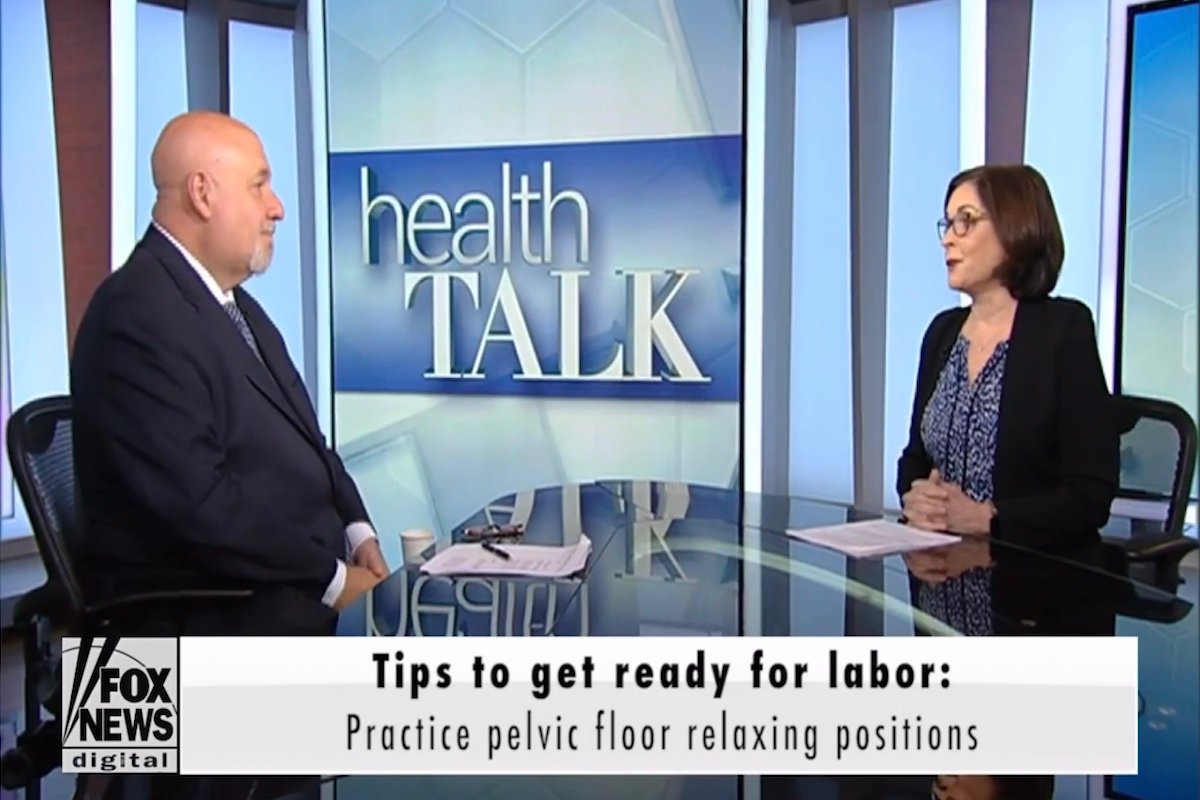
What you should know about your Pelvic Floor
Pelvic floor is a very important part of the body that still needs to be advocated for more. Both pregnant and postpartum moms have weakening of the pelvic floor. Proper care of it is key for a happy and healthy mom. It is a very common occurrence and one that needs to be spoken more about. People are not aware about how important it is and how much can happen if it is not taken care of.
Marianne spoke about the importance of pelvic floor, the changes it goes through in pregnancy and about how to regain strength in the pelvic floor area. Here are the excerpts from the article:
The pelvic floor. You need to know about it if you are pregnant or have had children.
In France, all women receive Pelvic Floor rehabilitation as part of their postpartum medical care. Here in the US, very few women know about it even though the Pelvic Floor is really important. We talked to Marianne Ryan, PT, OCS to learn more.
Why is the pelvic floor important and what happens to the pelvic floor during pregnancy?
The pelvic floor is made up of a group of muscles that have multiple functions. They act as a hammock to support the pelvic organs, are involved with bowel and bladder functions and sexual functions. These muscles form the bottom of the core muscle system and when working optimally they work in unison with the diaphragm, which is the major force in breathing…that is a lot of work for one little area of your body!
During pregnancy, hormones cause these muscles to stretch-out as a way to get ready for delivery. The stresses of carrying a growing baby for 9 months and the rigors of childbirth can cause a lot of strain on the pelvic floor muscles. After delivery, it is important to try to recover full function as soon as possible.

Some of the problems women develop as a result of strained or weakened pelvic floor muscles are incontinence (a leaky bladder and fecal staining), painful sex, back/pelvic pain and pelvic organ prolapse.
One of the best ways to recover fully from childbirth is with pelvic physical therapy. Many women feel that they do not need to address pelvic floor rehab because it is not the norm in the US.
What other changes happen to a woman’s body during pregnancy and childbirth?
Most moms do not realize that their bodies will not “magically snap back together” after childbirth. It takes time for the hormones to rebalance so you can actually regain strength again. Your body is still under the influence of the pregnancy hormones for at least 3 months after childbirth and even longer with breastfeeding moms. This means the hormones that loosen things up so you can deliver your baby, continue to keep things like muscles and ligaments loose longer than you think. During this time you are at risk of injury if you try to engage in activities that are too challenging for you body.
So, even though your doctor gave you the green light to return to all your pre-pregnancy activities after your 6-week check-up, it does not mean you can. Moms need to GRADUALLY return to activities that are jarring to the body or require breath-holding behavior. Some examples are running, jumping and heavy lifting.
How can I regain my strength and feel like I am back in my pre-baby body after childbirth?
My first piece of advice I give mothers who I treat in my office or coach over the Internet, as part of the Baby Bod Program, is to learn to EXHALE when you exert yourself. Make sure the amount you exhale matches the amount of effort required when you are performing a task. For example, when you are picking up your newborn baby, just exhale lightly. When you are picking up a huge pot of pasta to drain, exhale more deeply.
The next step is learning good alignment. Pregnant moms learn to lean their upper body backwards to make room for their growing baby and tend to continue this behavior after childbirth. The best way to get your core muscles automatically working again is to learn to stack or align your rib cage directly over your pelvis. This will help flatten your tummy and encourage the core muscles to support your body again.
If you want to get started today, here is a link to the free copy of the Baby Bod Guide. You will find some exercises you can start right away! CLICK HERE
MARIANNE RYAN PT, OCS is an award-winning author, physical therapist and board-certified orthopedic clinical specialist with more than 30 years’ experience treating prenatal and postpartum women. She is the owner and Clinical Director of Marianne Ryan Physical Therapy in New York City and the creator of the groundbreaking DIY “Baby Bod” program, which is the first of its kind to bridge the gap between medical care and fitness advice. As a leading women’s health expert (and a mom), Marianne is passionate about helping women reclaim their changed bodies, whether they are pregnant, recently took part in the joy of birth or are experiencing the “joy” of menopause. Watch her TEDX video, “What Your Momma Never Told You About Childbirth” at https://www.youtube.com/watch?v=7Zyv5Inj_lE&

